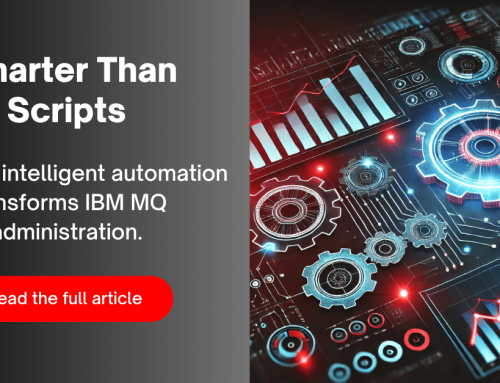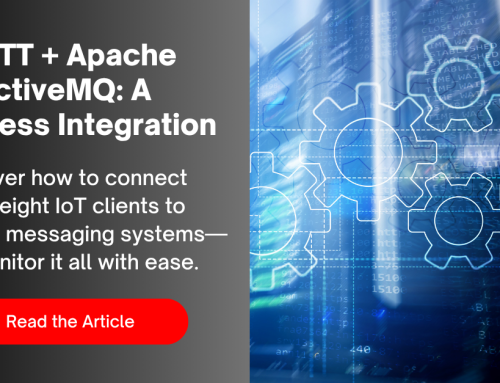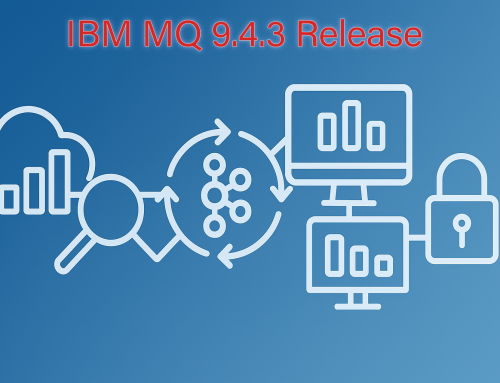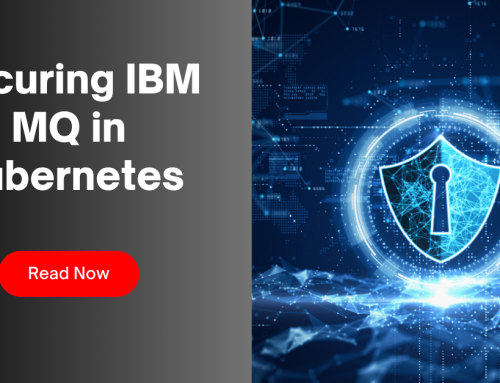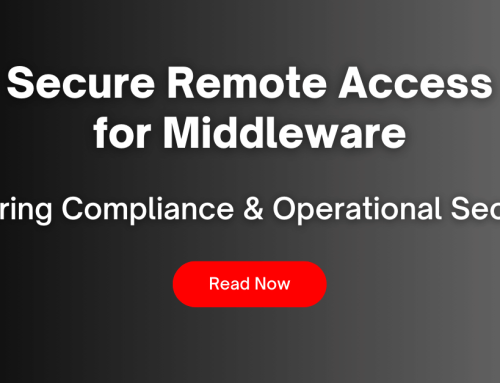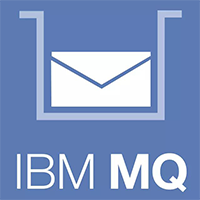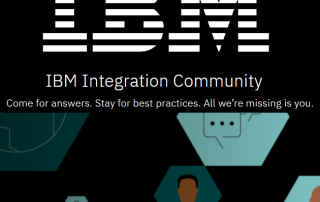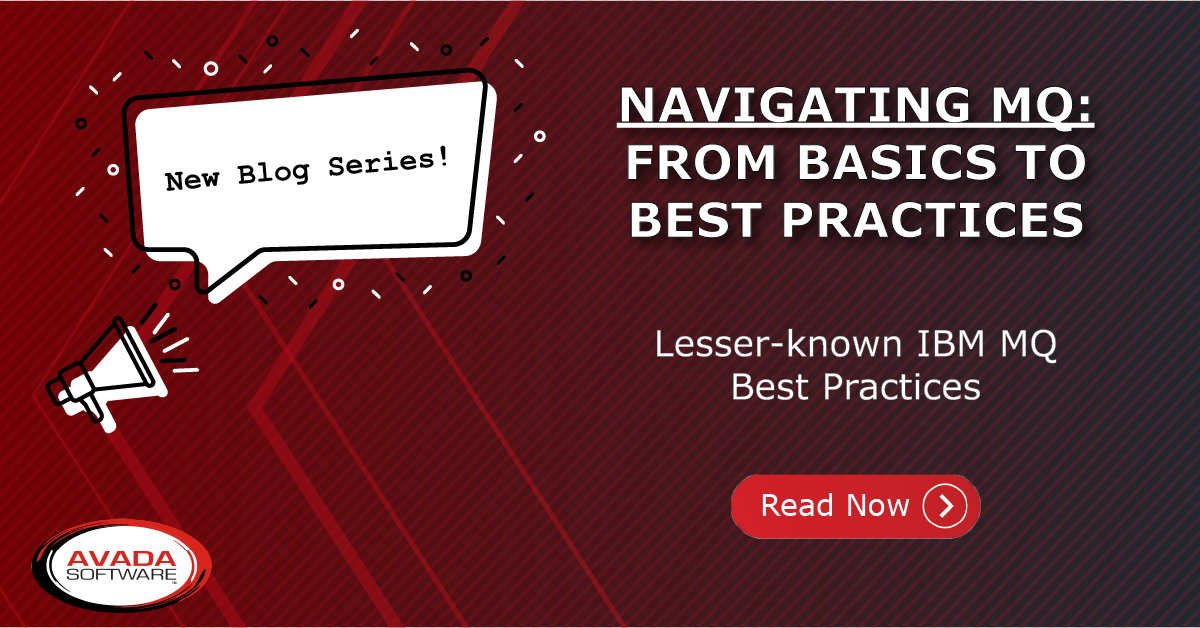IBM MQ Queue Management: Essential Tips for High Performance and Security
IBM MQ is a messaging middleware that facilitates the seamless integration of diverse applications by allowing them to exchange data and messages. As a critical component in modern IT environments, effective queue management in IBM MQ ensures the smooth and efficient flow of messages, preventing bottlenecks and ensuring high availability and reliability.
Proper queue management is essential for maintaining system performance, minimizing downtime, and ensuring data integrity. By adhering to best practices, organizations can optimize their messaging infrastructure, enhancing operational efficiency and better business outcomes.
Understanding IBM MQ Architecture
To fully grasp the importance of queue management, it is essential to understand the architecture of IBM MQ. IBM MQ operates on a distributed architecture comprising several key components necessary for ensuring reliable message delivery:

- Queue Managers: The core of IBM MQ, responsible for managing queues and ensuring message delivery. They oversee connections, manage communication between components, and facilitate the secure and reliable exchange of messages.
- Queues: Storage locations for messages until they are processed. Queues enable asynchronous communication, allowing applications to send and receive messages independently of each other’s availability.
- Channels: Communication pathways between queue managers and client applications or between multiple queue managers. Channels ensure that messages are transported securely and reliably across different systems and locations.
- Listeners: Components that wait for incoming network requests and route them to the appropriate channel. Configured on servers hosting the queue managers, listeners establish connections from client applications or other queue managers.
- Messages: Data units exchanged between applications via queues. Messages contain the information sent from a sender application to a receiver application in a standardized format for reliable delivery.
Queues are a fundamental part of this architecture, serving as temporary storage for messages. They enable asynchronous communication, allowing applications to send and receive messages without waiting for the other party to be ready. Understanding how these components interact is crucial for effective queue management and optimizing the performance of your IBM MQ infrastructure
The Main Concepts in Queue Management
Building on the architecture, effective queue management requires a thorough understanding of several key concepts. Understanding the types of queues, message management, channels, and queue attributes is crucial for optimizing IBM MQ performance.
- Queues: IBM MQ supports various types of queues, including local, remote, alias, and model queues. Each type serves different purposes and must be managed accordingly.
- Messages: Messages can vary in size and format, and managing them efficiently is critical for performance.
- Channels: Channels facilitate communication between different queue managers and client applications. They need to be configured and monitored to ensure reliable data flow.
- Queue Attributes: Attributes such as maximum message length, maximum queue depth, and retention policies influence queue behavior and performance.
By understanding these key concepts, you can ensure that your IBM MQ environment runs smoothly, handles workloads efficiently, and maintains high reliability.
Best Practices for Queue Management
Designing Efficient Queue Structures

Designing an efficient queue structure is the first step towards effective queue management. The key to efficient queue management is choosing the right queue types, ensuring scalability, and effectively grouping messages.
- Queue Types and Uses: Choose the appropriate queue type based on your requirements.
- Local queues store messages within the same queue manager.
- Remote queues enable communication between different queue managers.
- Scalability and Performance: Design your queues to handle expected workloads. Use multiple queues to distribute messages and avoid bottlenecks. For more details on managing queue depths effectively, see this article on maximizing queue depth efficiency.
- Message Grouping: Group related messages into a single queue to streamline processing and reduce complexity.
Monitoring and Maintenance

Regular monitoring and maintenance are crucial for ensuring the health of your IBM MQ environment. Utilize monitoring tools and perform regular maintenance tasks to keep your IBM MQ environment running smoothly.
- Monitoring Tools: Utilize IBM MQ’s built-in monitoring tools and third-party solutions to track queue performance, message throughput, and error rates. Solutions like Infrared360® provide advanced features such as real-time monitoring, customizable alerts, and sophisticated analytics, enhancing overall MQ management efficiency. For detailed steps on retrieving the status and statistics of an IBM MQ queue using command-line tools, you can refer to this article. Plus learn a simpler approach! Additionally, for managing the Dead Letter Queue, see this step-by-step guide.
- Maintenance Tasks: Perform regular maintenance tasks such as clearing unused queues, archiving old messages, and checking for configuration changes.
Security Management
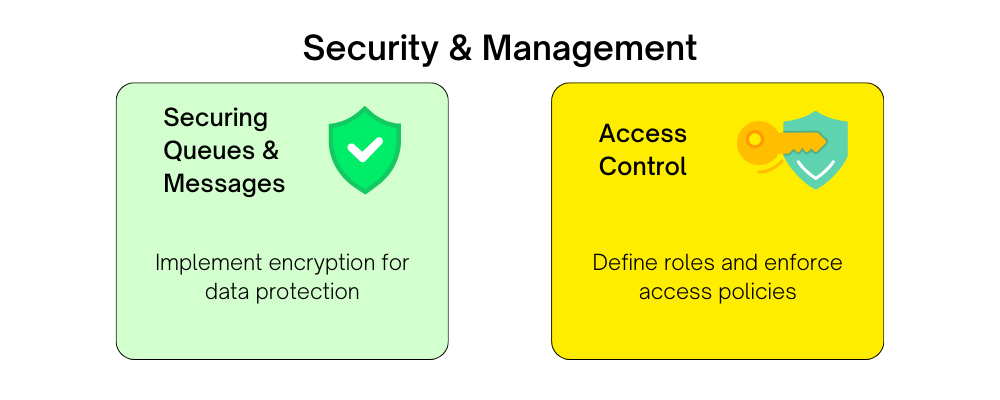
Implementing robust security measures is essential for protecting both queues and their messages. Securing your queues and messages with encryption and access controls is crucial for maintaining data integrity and security.
- Securing Queues and Messages: Implement encryption to protect sensitive data in transit and at rest. Use SSL/TLS for secure communication channels.
- Access Control: Define and enforce access control policies to restrict queue and channel access based on user roles. IBM MQ’s security features allow for detailed configuration of user permissions.
Performance Optimization

Optimizing performance involves fine-tuning various aspects of your IBM MQ environment to handle varying loads and ensure efficient message processing. Implementing persistence, concurrency, scalability, and disk/CPU optimization strategies can significantly improve IBM MQ performance.
- Persistence and High Availability: Use persistent messaging judiciously, as it can slow down the system. Determine where persistence is necessary and use it selectively to avoid unnecessary overhead.
- Concurrency and Batching: Implement concurrency and batching to reduce latency and improve throughput. Run multiple application threads in parallel and batch multiple messaging operations before committing them.
- Scalability: Scale across multiple queues and queue managers to handle high message volumes and avoid bottlenecks. Use clustering and transparent scalability techniques to distribute the load efficiently.
- Disk and CPU Optimization: Ensure queue files and logs are on separate disks to avoid contention and use fast disk subsystems. Monitor and optimize CPU usage to prevent saturation and improve overall performance.
Optimizing IBM MQ channel configurations is also essential for ensuring efficient and secure communication between queue managers. For detailed guidance on this, see this article on optimizing MQ channel configurations.
Adhering to these best practices can enhance your IBM MQ environment’s reliability, security, and performance. This holistic approach to queue management will improve operational efficiency and ensure that your messaging infrastructure can scale and adapt to evolving business needs.
Common Pitfalls and How to Avoid Them
Despite your best efforts, common pitfalls can still arise in IBM MQ queue management. Proactively identifying and addressing these issues can prevent significant problems. Regularly reviewing configurations, monitoring performance, and implementing strong security measures are essential to avoid common pitfalls in IBM MQ queue management.
- Misconfigured Queues: Incorrect queue settings can lead to performance issues and message loss. Review and update configurations regularly to align with best practices and current workload requirements.
- Lack of Monitoring: Issues can go unnoticed without proper monitoring until they escalate. Implement comprehensive monitoring solutions and set up alerts to catch problems early. This proactive approach helps maintain optimal performance and quickly address any anomalies.
- Inadequate Security: Failing to secure queues and messages can result in data breaches. Implement strong security measures, such as encryption and access controls, and regularly audit these controls to maintain a secure environment. Ensuring that security policies are up-to-date and enforced can prevent unauthorized access and protect sensitive data.
- Role-Based Access: Trusted Spaces™ by Infrared360® provides role-specific access and customized alerts for IT admins, engineers, developers, and more. This compartmentalized approach enhances data security and operational efficiency by ensuring team members access only the information relevant to their roles. Role-specific access control reduces the risk of unauthorized data access, bolstering overall security. Customized alerts based on individual responsibilities prevent information overload, streamlining workflows and enabling team members to focus on pertinent information. This fosters a collaborative environment and aids in data-driven decision-making by providing comprehensive, role-focused insights.
For additional insights, consider these lesser-known IBM MQ best practices. Implementing these advanced strategies can further enhance the performance and reliability of your messaging system
Final Thoughts
To maintain a reliable, secure, and efficient IBM MQ environment, it is crucial to follow best practices for queue management. Designing efficient queue structures, performing regular monitoring and maintenance, implementing robust security measures, and optimizing performance are all essential steps.
Solutions like Infrared360® simplify these practices, offering advanced monitoring and management capabilities. Features like Trusted Spaces™ provide role-specific access and customized alerts, improving data security, operational efficiency, and collaboration across various IT roles. By consistently applying these strategies and staying proactive in your approach, you can ensure your messaging system remains resilient and high-performing.
Ready to take your IBM MQ management to the next level? Learn more about Infrared360® and consult with one of our IBM MQ experts today to optimize your messaging infrastructure and achieve operational excellence.
References
Harris, P. (2020). IBM MQ Performance: Best Practices and Tuning. Version 1.0.1. IBM UK Laboratories, Hursley Park, Winchester, Hampshire. Available at IBM MQ Performance Best Practices.
Take the Next Step with Infrared360®
More Infrared360® Resources


